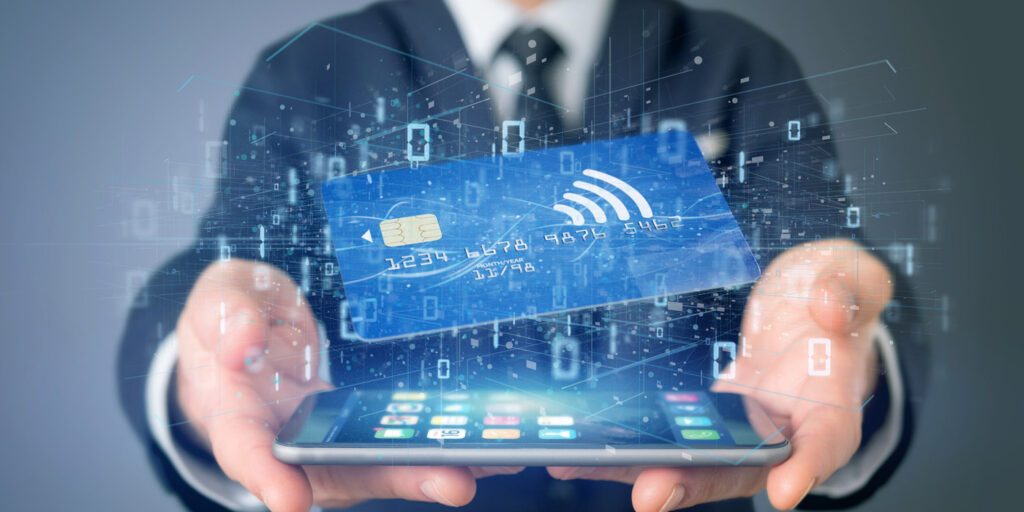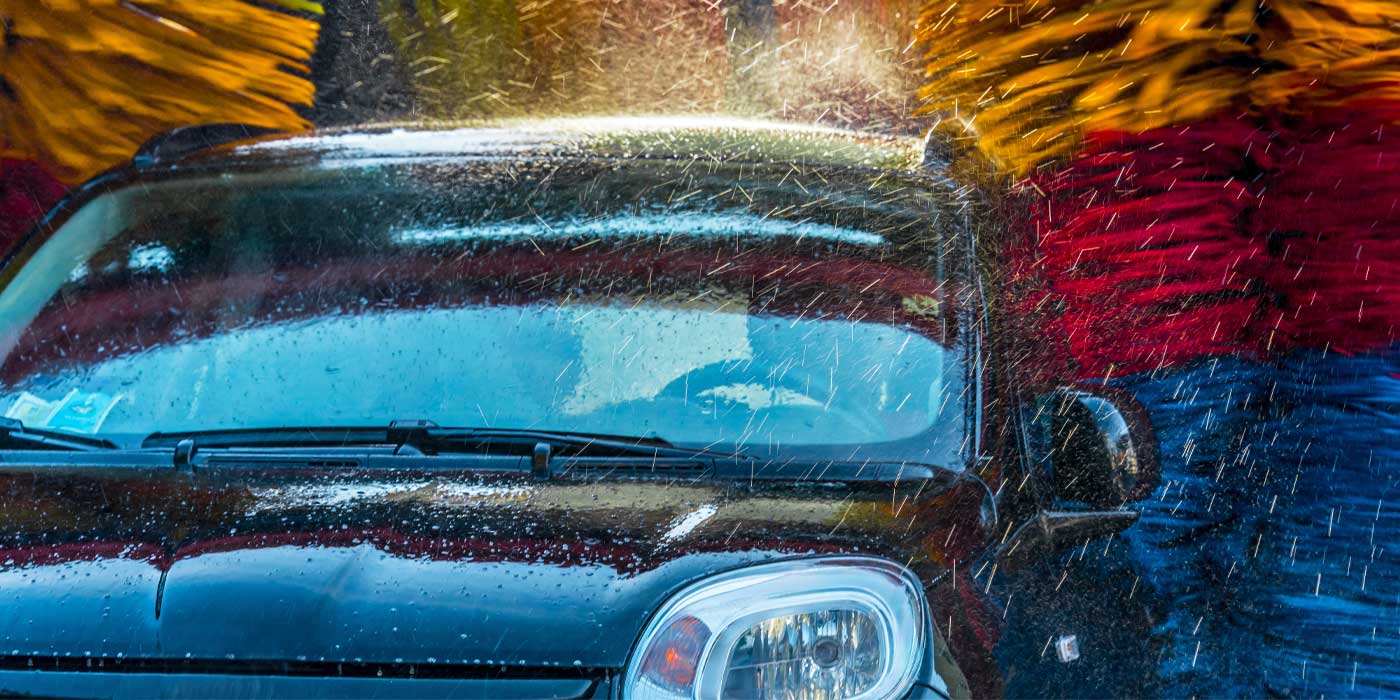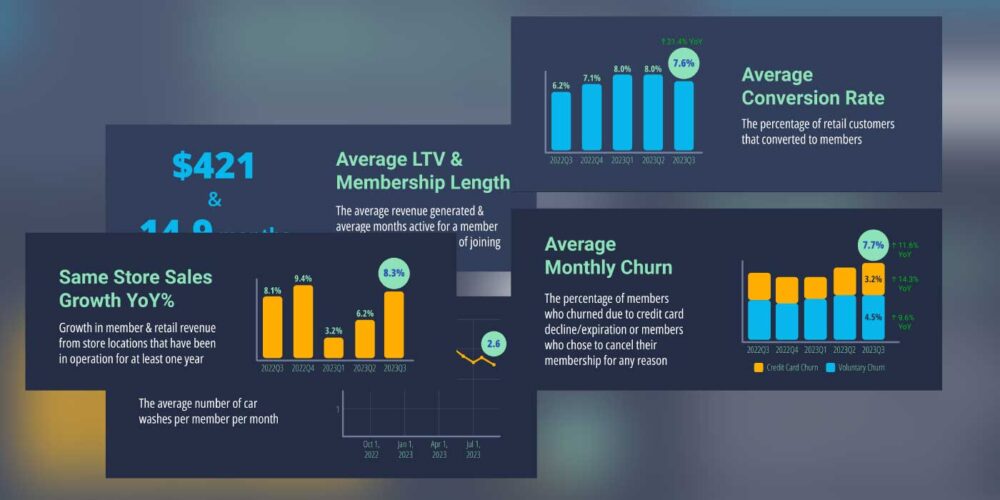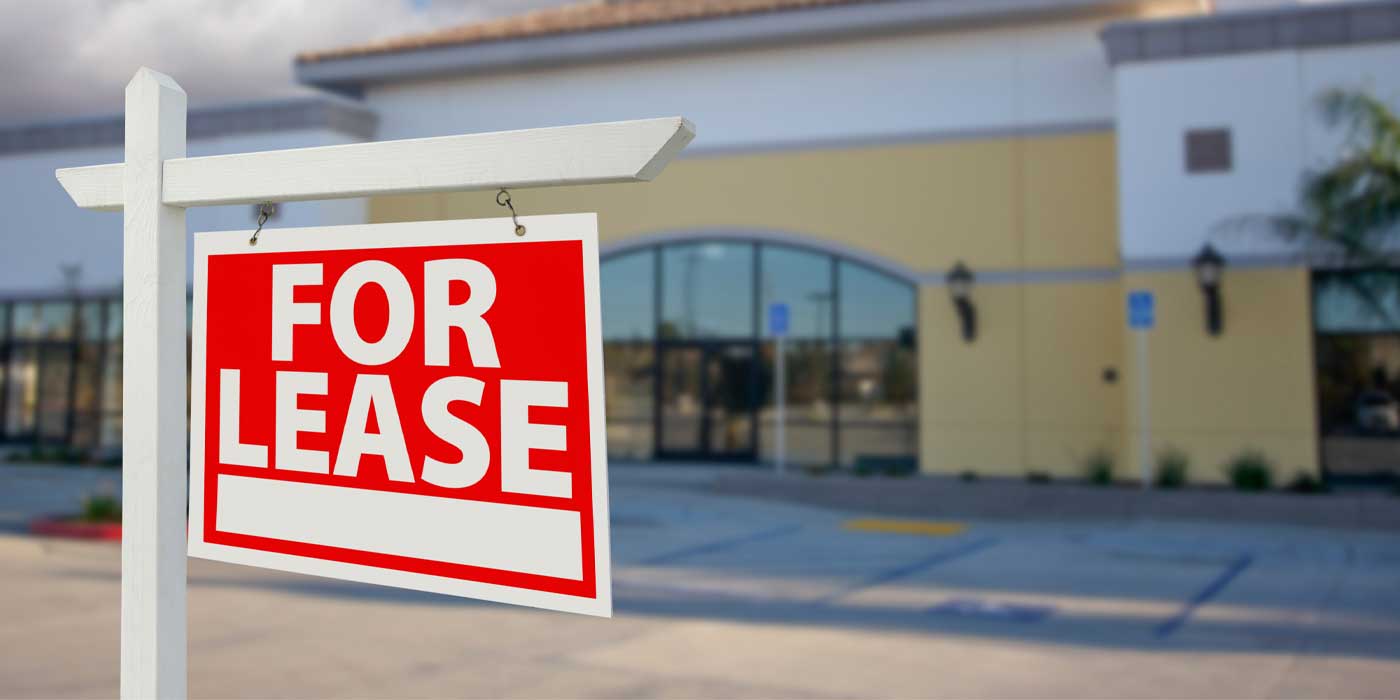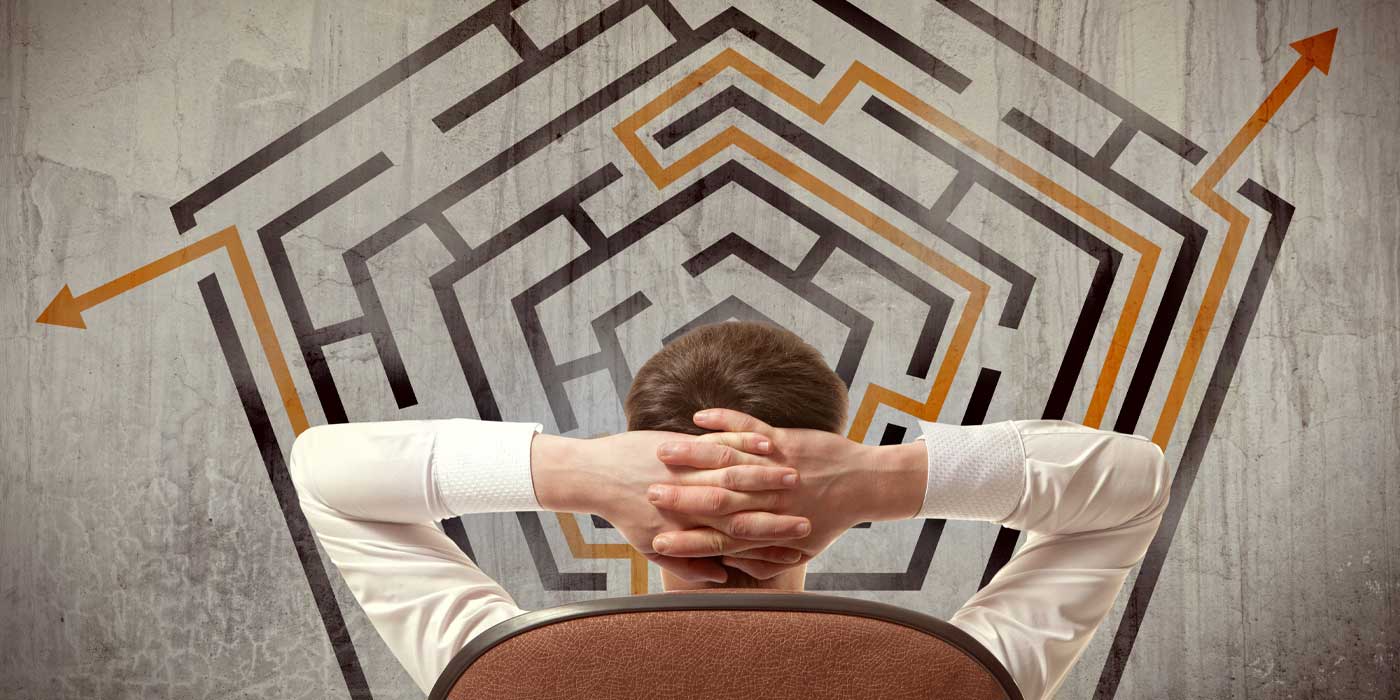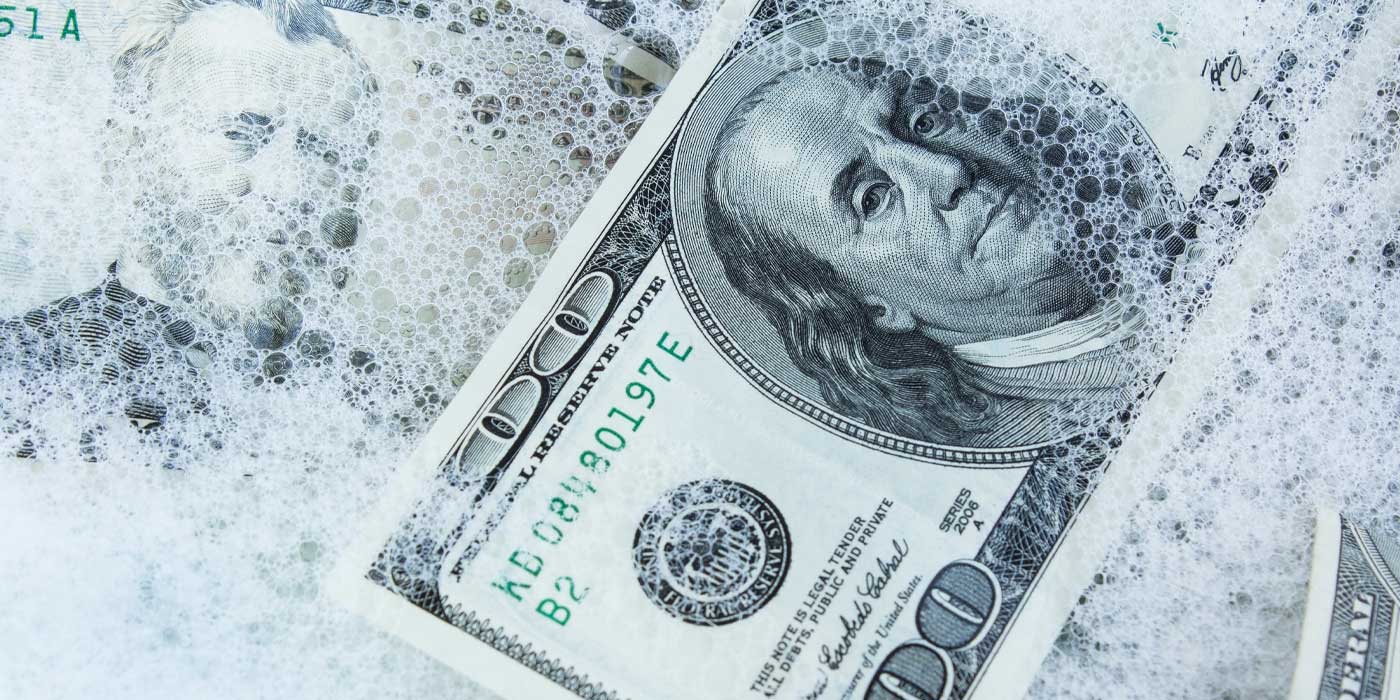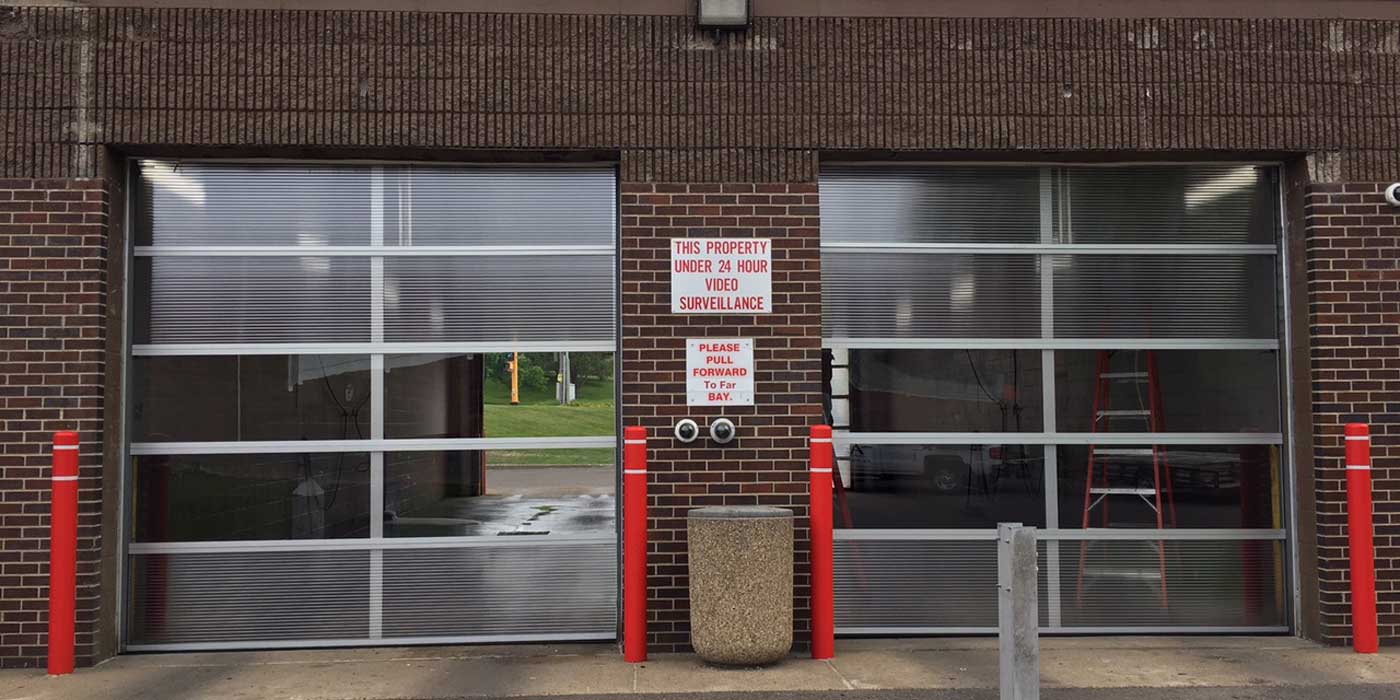Customers washing their vehicles are looking for convenience and paying for services needs to be equally convenient. But, at unattended, self-serve washes, this often means most machines are coin operated and need periodic collection of quarters. And, owners must provide a change machine on-site to meet customer demand. Dealing with quarters can be a hassle — for you and your customers.
While credit card systems for carwashes have been around for decades, they typically cost several hundred dollars per machine, require a constant data connection for processing and come with very high transaction fees. They work well on payment kiosks for tunnel washes, but often aren’t practical for self-serve bays.
However, advancements in technology have made new mobile payment technologies much more affordable; plus, the COVID-19 pandemic has skyrocketed demand for cashless, touchless options. For these reasons and more, now is a good time to take a fresh look at how your customers pay for services.
Shifting consumer preference and habits
Consumers in general prefer to make cashless payments, with cash payments accounting for only about 12% of all point-of-sale (POS) payments in North America in 2020.1 Ask yourself this, when was the last time you handed someone cash in person for a product or service? Or used coins for a purchase? Even traditional credit card payments are becoming rarer, being replaced by alternate payment technologies.
Consider this, the first coin operated carwashes likely were introduced in the 1960s. This was around the same time credit cards were in their infancy and the economy functioned almost entirely with cash. When coin operated machines first appeared, coins where plentiful, and using them for payment was convenient. Coins are now viewed by most as highly inconvenient, not to mention dirty and unhygienic. Quarters are now the antiquated approach.
The COVID-19 pandemic accelerated interest in cashless mobile payments, advancing user adoption by years. According to a Mastercard poll released in April 2020, 51% of Americans have used some form of contactless payment, with around 80% of transactions being for less than $25 — a sector previously dominated by cash.2
Avoiding contact with frequently touched surfaces meant consumers were more willing to take the time to learn how to make payments without having to touch a pin pad, or hand cash over to a cashier. And, once these habits were established, the convenience of these methods quickly created a preference for them. A preference that applies to carwashes as well.
Convenience drives consumer habits
Even though some customers can wash their vehicles at home, most are choosing professional carwashes for the convenience. And, convenience is something consumers pay a premium for. However, you don’t want to price the convenience of your carwash so high that your customers go to a local competitor, wash at home or decide that their vehicle doesn’t really need to be clean.
This scenario will leave your investment in equipment underutilized. Additionally, there can also be a psychological barrier to pricing that’s denominated in 25 cent increments. There is definitely a difference in perception between $5.00 and $5.25, but there’s also the cumulative total to consider as well.
If your customers are getting change from your changer, and the combination of wash options exceeds a whole dollar amount, like a $5 bill, you don’t want to lose a sale over a single quarter. Also, you don’t want to price self-serve bays in such a way that customers routinely run out of coins to add time to rinse their vehicles.
Few things are more frustrating for a person than being a couple quarters short of extending time to rinse all the soap from his or her vehicle. And, it’s not a good look for your carwash either to have soapy vehicles routinely driving away.
As an owner, you don’t want to receive those complaints either. With mobile payments, pricing can be increased or decreased by any amount at any time — and studies show that consumers are less price sensitive when making cashless purchases.
Mobile payments offer the solution
Mobile payment is the fastest and most cost effective way to add cashless and contactless payment to your existing carwash equipment. You can maintain the convenience of a professional service and save yourself and your customers the hassle of having to deal with coins by upgrading to mobile payment acceptance. Upgrading today is DIY, easy and takes just minutes.
You simply install a small hardware device into each machine using a provided wiring harness specific to your equipment. Then you’ll register the device to an account with the company to receive payment, configure pricing, apply a few decals and it’s ready to go. Guests then download the payment app onto their smartphone and can securely make payment using their own trusted phone.
Compared to other technologies, costs for mobile payment acceptance start at $20 per machine with per transaction fees of about half the average for credit cards.3 Plus, leading systems have no monthly fees, and no requirement to connect the hardware to the internet — the customer’s smartphone provides the data connect when they make payment. For those customers who may not have a smartphone, the coin acceptors on your equipment will still work alongside mobile payments.
While carwashes are sometimes viewed as a luxury, oftentimes they are a necessity. The same mobile payment technology that works on self-serve bays can be applied to in-bay automatics and tunnel washes with payment kiosks, plus vending machines and vacuums — basically anything that currently accepts coins or cards for payment. By avoiding expensive hardware costs and the necessity to have a data connection on each machine for payment processing, you can accept more payment options while eliminating the need for quarters.
Reduce risks, increase reliability
An often-overlooked benefit of transitioning to mobile payments is the reduction in vandalism risk. By reducing or eliminating quarters at your carwash, it’s a less enticing target for would-be thieves. Also, mobile payment hardware is installed inside the machine, protected not only from vandals, but also away from overspray of water and grime. The durability and reliability of mobile payment hardware keeps your equipment operational, even if a coin or other object becomes jammed in the coin acceptor. This reduction in maintenance, while retaining equipment uptime, adds benefit to your bottom line.
Modern carwash payment methods are all about offering more convenience and satisfaction for your customers which will, in turn, increase your business’ revenue.
Sources:
1https://worldpay.globalpaymentsreport.com/en
2https://www.cnbc.com/select/mastercard-survey-contactless-payments
3https://shop.payrange.com/industries/carwash
Steve White is the SMB sales manager for PayRange. He can be reached at (855) 856-6398 ext. 2 or [email protected].

